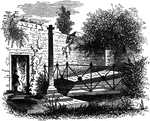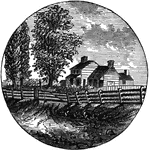
Lafayette's Headquarters Near Chadd's Ford
This is the place near Chadd's Ford where Lafayette took post and occupied his headquarters.

Lutheran Church, Barren Hill, Lafayette's Headquarters
This is the Lutheran Church in Barren Hill where Lafayette took post and occupied his headquarters.
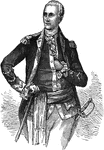
General Lafayette
Lafayette was a general in the American Revolutionary War and a leader of the Garde Nationale during…

Wood Thrush
The Wood Thrush, Hylocichla mustelina, is a North American passerine bird. It is closely related to…
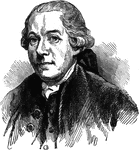
Henry Laurens
Henry Laurens (March 6, 1724 – December 8, 1792) was an American merchant and rice planter from…
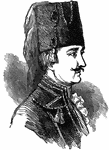
Armand Louis de Goutant Lauzun
Armand Louis de Gontaut, Duc de Lauzun, later duc de Biron, (April 13, 1747 – December 31, 1793)…
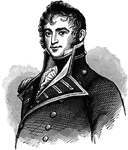
James Lawrence
James Lawrence (October 1, 1781 – June 4, 1813) was an American naval officer. During the War…
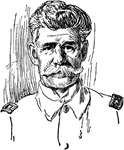
Henry Ware Lawton
Henry Ware Lawton (17 March 1843–1899) was a highly respected U.S. Army officer who served with…

Charles Lee
Charles Lee (February 6, 1732 – October 2, 1782) was a British soldier turned Virginia planter…
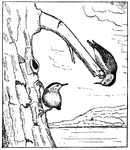
Nuthatches
The nuthatches are a genus, Sitta, of small passerine birds belonging to the family Sittidae. Characterised…
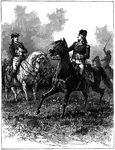
Washington and General Lee
The Battle of Monmouth was an American Revolutionary War battle fought on June 28, 1778 in New Jersey.…
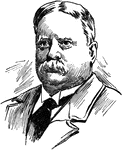
Fitzhugh Lee
Fitzhugh Lee (November 19, 1835 – April 18, 1905), nephew of Robert E. Lee, was a Confederate cavalry…
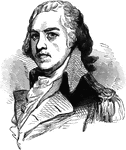
Henry Lee
Henry Lee III (January 29, 1756–March 25, 1818) was an early American patriot who served as the Governor…

Brown Creeper
The Brown Creeper (Certhia americana), also known as the American Tree Creeper, is a small songbird,…
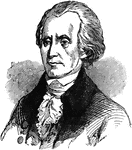
Richard Henry Lee
Richard Henry Lee (January 20, 1732 – June 19, 1794) was an American statesman from Virginia best…

General Robert E. Lee
Robert Edward Lee (January 19, 1807 – October 12, 1870), was a career United States Army officer,…
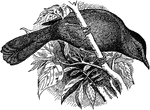
Gray Catbird
The Grey Catbird (Dumetella carolinensis) is a medium-sized northern American perching bird of the mimid…
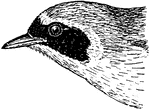
Yellow-throat Vireo
The Yellow-throated Vireo, Vireo flavifrons, is a small American songbird. Adults are mainly olive on…
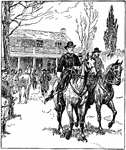
General Lee Leaving After the Surrender
General leaving after the surrender of the American Civil War.
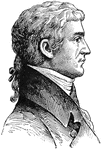
Meriwether Lewis
Meriwether Lewis (August 18, 1774–October 11, 1809) was an American explorer, soldier, and public…

Battleground at Concord
"Battle ground at Concord. This view, looking southeast, is from the road leading to the village, by…

Liberty Cap Cent
The Liberty Cap large cents of 1793-1796 are the classics of early American copper coinage. They represent…
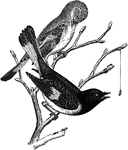
American Redstart
The American Redstart, Setophaga ruticilla, is a New World warbler. They breed in North America, across…
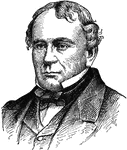
Francis Lieber
Dr. Francis Lieber (March 18, 1800 – October 2, 1872) was a German-American jurist and political philosopher.…
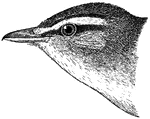
Red-eyed Vireo
The Red-eyed Vireo, Vireo olivaceus, is a small American songbird, 13-14 cm in length. It is somewhat…
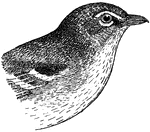
Yellow-throated Vireo
The Yellow-throated Vireo, Vireo flavifrons, is a small American songbird. Adults are mainly olive on…
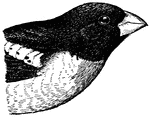
Rose-breasted Grosbeak (Male)
The Rose-breasted Grosbeak, Pheucticus ludovicianus, is a large seed-eating bird in the cardinal family.…
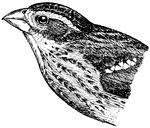
Rose-breasted Grosbeak (Female)
The Rose-breasted Grosbeak, Pheucticus ludovicianus, is a large seed-eating bird in the cardinal family.…
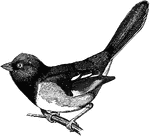
Towhee (Male)
A Towhee is any one of a number of species of birds in the genus Pipilo within the family Emberizidae…
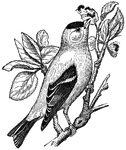
American Goldfinch
The American Goldfinch (Carduelis tristis), also known as the Eastern Goldfinch and Wild Canary, is…

Benjamin Lincoln
Benjamin Lincoln (January 24, 1733-May 9, 1810) was an American army officer. He served as a major general…
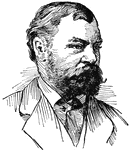
Robert Todd Lincoln
Robert Todd Lincoln (August 1, 1843 – July 26, 1926) was an American lawyer and politician, and…

Edward Livingston
Edward Livingston (26 May 1764–23 May 1836) was a prominent American jurist and statesman. He was…

William Livingston
William Livingston (November 30, 1723 – July 25, 1790) served as the Governor of New Jersey (1776–1790)…

Henry Cabot Lodge
Henry Cabot Lodge (May 12, 1850 – November 9, 1924) was an American statesman, a Republican politician,…

John Alexander Logan
John Alexander Logan (February 8, 1826 – December 26, 1886) was an American soldier and political…

Henry Wadsworth Longfellow
Henry Wadsworth Longfellow (February 27, 1807 – March 24, 1882) was an American educator and poet…
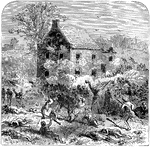
Lord Stirling's Last Stand Around the Cortelyou House
At the Battle of Long Island, in August of 1776, Stirling led the 1st Maryland Regiment in repeated…
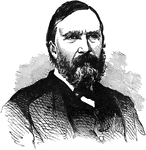
James Longstreet
James Longstreet (January 8, 1821 – January 2, 1904) was one of the foremost Confederate generals…

Seal and Signature of Tryon
The seal and signature of William Tryon. Tryon was the royal governor North Carolina and New York. The…
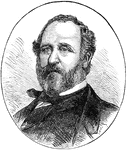
William Marcy Tweed
William M. Tweed (April 3, 1823 – April 12, 1878), sometimes informally called Boss Tweed, was an…
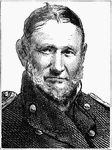
David Emanuel Twiggs
David Emanuel Twiggs (1790 – July 15, 1862) was a United States soldier during the War of 1812…

Uncas
Uncas (c. 1588 – c. 1683) was a sachem of the Mohegan who through his alliance with the English…

Io Moth Caterpillar
An illustration of a Io moth caterpillar. The io moth (Automeris io) is a very colorful North American…
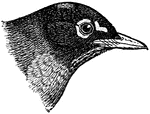
American Robin
The American Robin, Turdus migratorius, is a migratory songbird of the thrush family. It is named after…
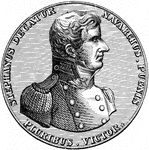
Decatur's Medal, Front
Commodore Stephen Decatur, Jr (5 January 1779 – 22 March 1820) was an American naval officer notable…
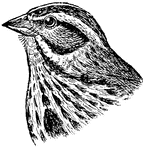
Song Sparrow
The Song Sparrow, Melospiza melodia, is a medium-sized American sparrow. Adults have brown upperparts…
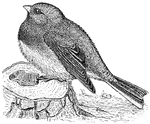
Junco
The Juncos, genus Junco, are small American sparrows. Their systematics are still very confusing after…
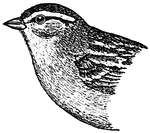
Chipping Sparrow
The Chipping Sparrow (Spizella passerina) is a species of American sparrow in the family Emberizidae.…

Decatur's Medal, Back
Commodore Stephen Decatur, Jr (5 January 1779 – 22 March 1820) was an American naval officer notable…

Tree Sparrow
The Tree Sparrow, Passer montanus, breeds over most of Europe and Siberia, and allied forms occur in…
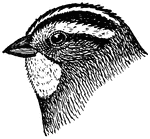
White-throated Sparrow
The White-throated Sparrow, Zonotrichia albicollis, is a passerine bird of the American sparrow family…

Crow
The true crows are large passerine birds that comprise the genus Corvus in the family Corvidae. Ranging…
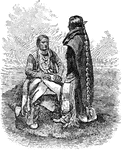
Ute Indians
The Utes are an ethnically related group of American Indians now living primarily in Utah and Colorado.…

Purple Martin (Male)
The Purple Martin (Progne subis) is the largest North American swallow at 20 cm length. Adults have…
